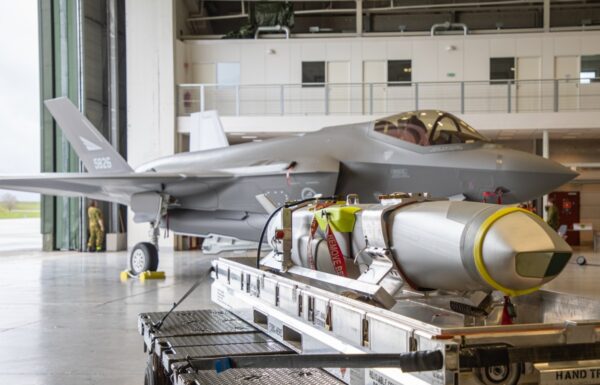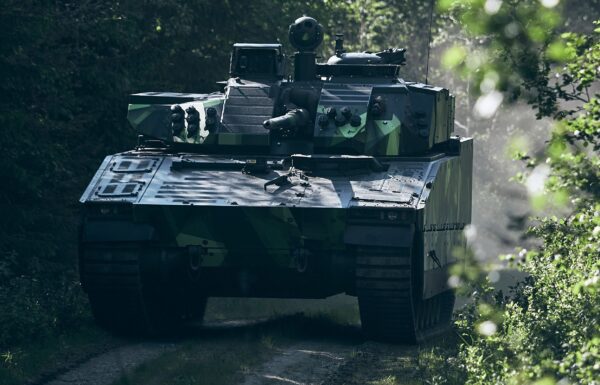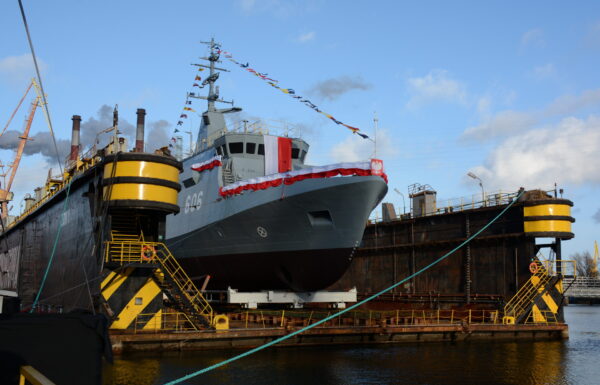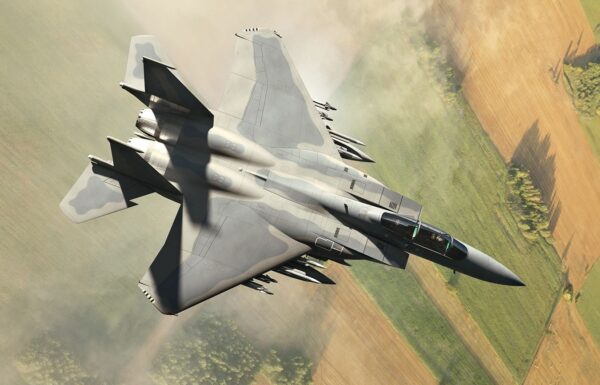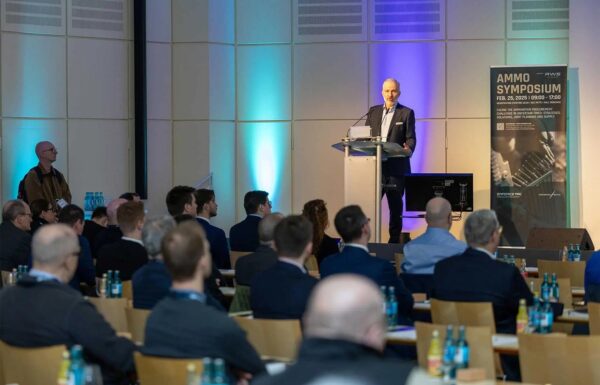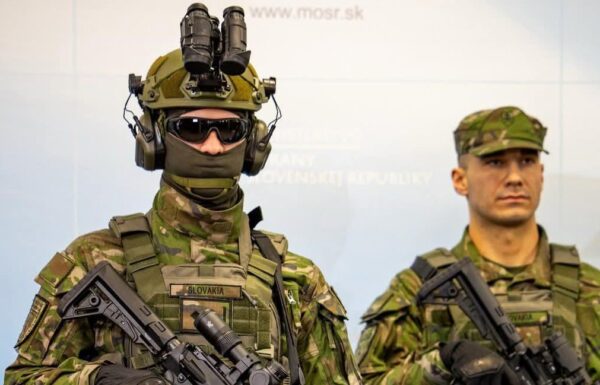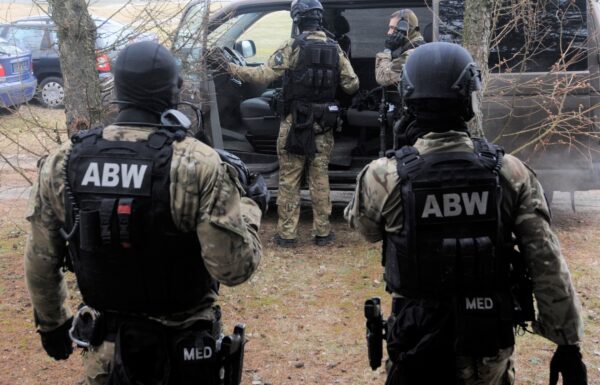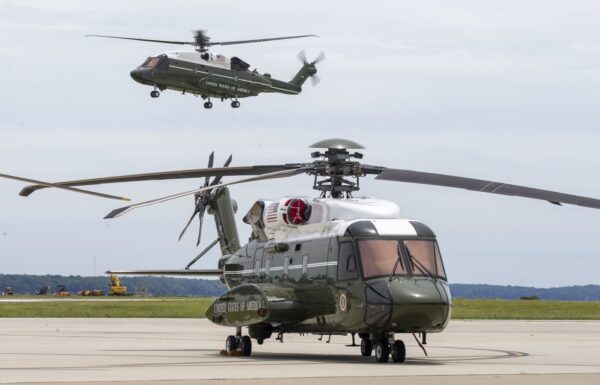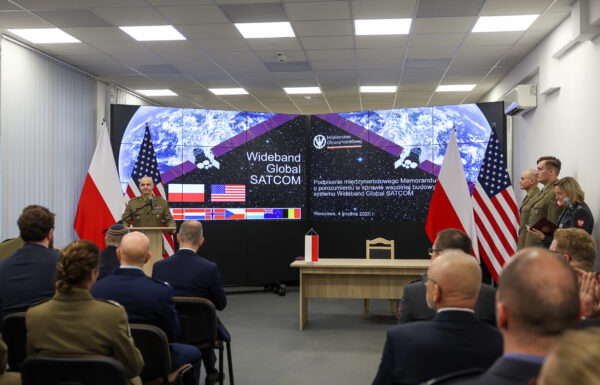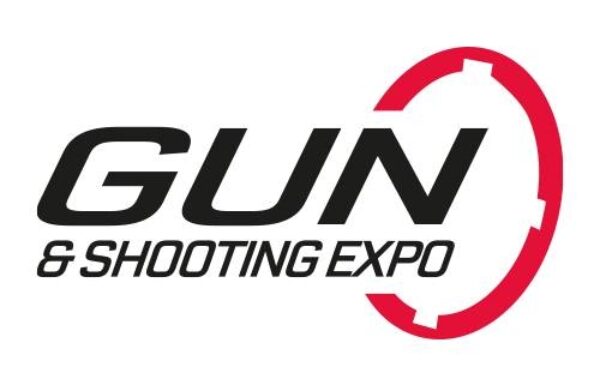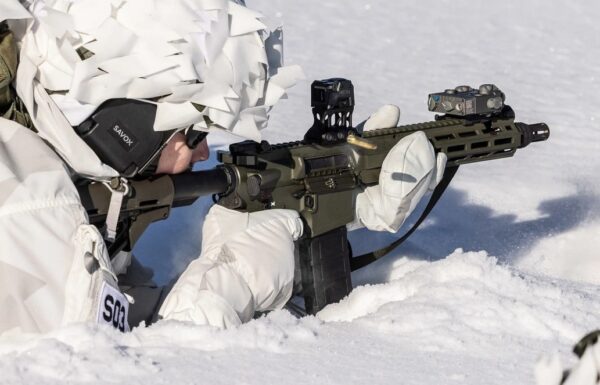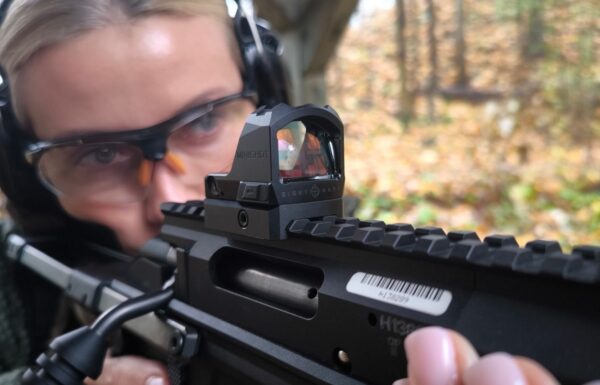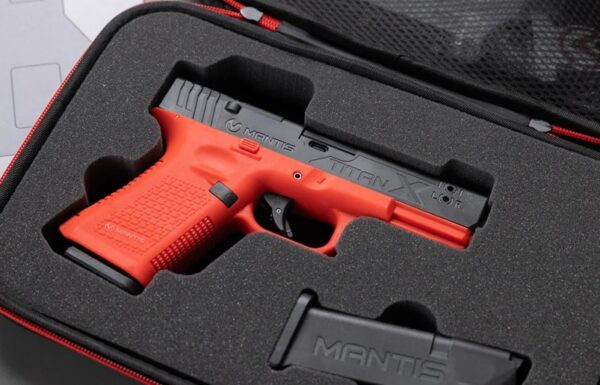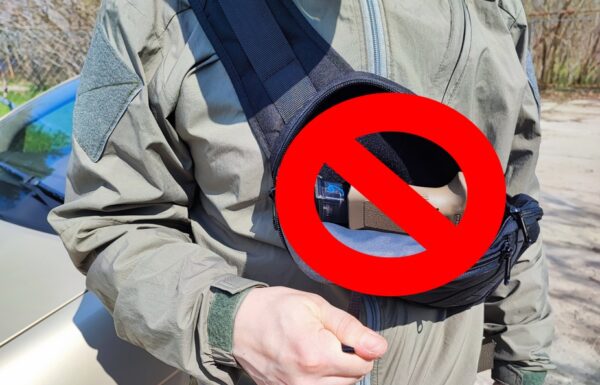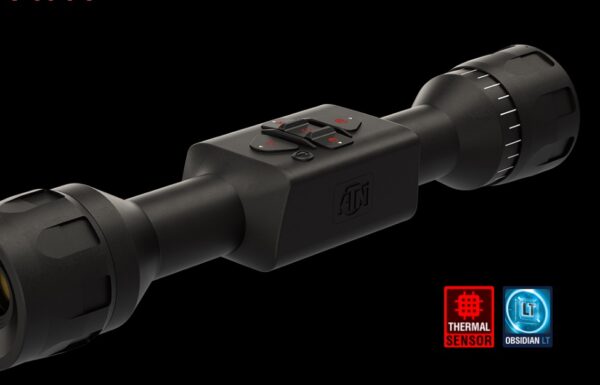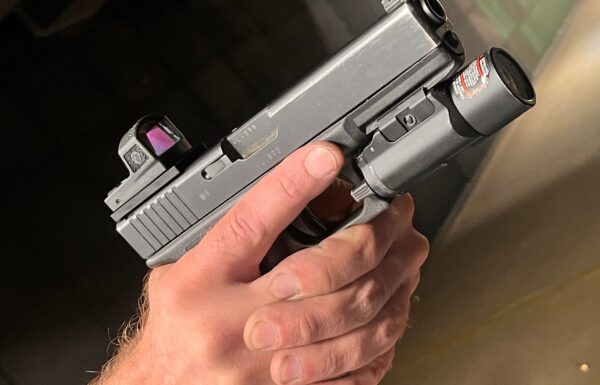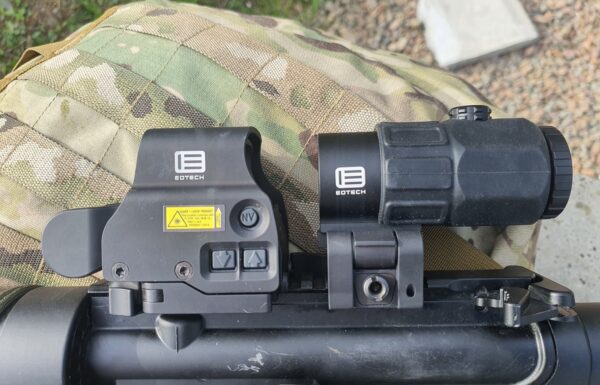On Monday, November 4, 2024, the U.S. Defense Security Cooperation Agency (DSCA) published the U.S. Department of State’s approval for the potential sale of four Boeing E-7A Wedgetail airborne early warning and control aircraft to the Republic of Korea, valued at up to 4.92 billion USD.
 Currently, the Republic of Korea Air Force operates four E-7A Wedgetail aircraft, locally designated as E-737 Peace Eye / Photo: Ministry of Defense of the Republic of Korea
Currently, the Republic of Korea Air Force operates four E-7A Wedgetail aircraft, locally designated as E-737 Peace Eye / Photo: Ministry of Defense of the Republic of Korea
According to the published information, the government in Seoul requested the acquisition of 4 E-7A Wedgetail aircraft, 10 CFM56 turbofan engines, 8 AN/AAR-57 CMWS missile warning systems with AN/AAQ-24(V)N LAIRCM infrared countermeasure protection systems, and 7 Guardian Laser Turret Assemblies (GLTA). The request also includes 10 GPS/INS EGI satellite and inertial navigation systems with SAASM or M-Code cryptographic modules, as well as 6 data link systems with MIDS JTRS radios integrated into the TNTT targeting network system.
Additionally, the package includes the following non-MDE (Major Defense Equipment) items: AN/ARC-210 radios, digital receivers for the AN/AAR-57 CMWS system, AN/ALE-47 CMDS flare and chaff dispensers, LAIRCM control interface units with warning sensors, AN/APX-119 IFF (Identification Friend or Foe) transponders, KY-100M narrow/wideband encrypted voice communication terminals, KIV-77 IFF systems supporting Mode 4 and 5, AN/PYQ-10 SKL cryptographic modules, KG-175 encryption devices, COMSEC (Communications Security) cabling, communication equipment, precision navigation systems, CPINS identification data libraries, user data module cards, testing equipment, major and minor modifications, and operational support. The package also includes aircraft components, parts, and accessories, training aids and devices, spare parts, laboratory instruments and equipment, consumables and accessories, repair and return support, classified and unclassified software support, classified and unclassified publications and technical documentation, personnel training and training equipment, aircraft transport and delivery support, studies and surveys, engineering, technical, and logistical services provided by the U.S. government and the contractor (Boeing), as well as other related logistics and program support elements.
Analysis
Currently, South Korea operates four E-7A Wedgetail aircraft, known as the E-737 Peace Eye, acquired through the AEW&C I program, with deliveries completed by the end of 2012. There were plans to purchase two additional units under the AEW&C II program, as well as an unspecified number of signals intelligence (SIGINT) aircraft to replace the RC-800. These replacements were to be based on airframes of British Hawker 800 business jets, and would complement the two Dassault Falcon 2000 MRA aircraft.
The main competitor for additional Wedgetail aircraft will be the GlobalEye, offered by the Swedish company Saab Defence and Security in collaboration with South Korea’s Korea Aerospace Industries (KAI). A Memorandum of Understanding (MoU) on this matter was signed on October 2 of this year, the first day of the Korea Army International Defense Industry Exhibition (KADEX), held at the Gyeryongdae Armed Forces Command.
In November 2006, Boeing won the contract to supply four E-7A Wedgetail aircraft for 1.6 billion USD, defeating a counteroffer from the Israeli company IAI Elta, which proposed an aircraft based on the Gulfstream G550 airframe. The first E-737 Peace Eye was delivered to Gimhae Air Base in November 2011, with the remaining three delivered at six-month intervals, undergoing modifications domestically, carried out by KAI.
In 2023, a tender was launched under the AEW&C II program, with offers including Boeing’s E-7A, Saab’s GlobalEye, and a proposal from the American company L3Harris Technologies with the Global 6500 CAEW (Conformal Airborne Early Warning Aircraft). Final bids were due in April 2024.
It should be emphasized that the U.S. approval for the purchase of E-7A aircraft does not yet indicate a confirmed purchase; it merely gives the green light to begin potential negotiations on the matter.
The E-7A, formally known as the Boeing 737 AEW&C, with a configuration similar to the 737-700ER, is equipped with a Multi-role Electronically Scanned Array (MESA) radar, operating in the L-band. This radar can detect objects up to 600 km away (for high-altitude targets) and up to 370 km for low-flying, harder-to-detect aircraft. It can track up to 180 targets simultaneously, directing intercepts for up to 24 of them. The radar can also detect surface targets the size of a missile frigate from a distance of over 240 km. In electronic signals detection mode (Electronic Intelligence, ELINT), the E-7A has an effective range of over 850 km when operating at an altitude of 9,000 meters. The radar was designed by Northrop Grumman.
In addition to South Korea, E-7A Wedgetail aircraft are currently operated by Australia, with a fleet of 6, and Turkey, with 4 units known as the E-7T Peace Eagle. Soon, the United Kingdom will join them, having already conducted the maiden flight of its first of three Wedgetail AEW1 units. The United States plans to acquire up to 26 units, with the first two already ordered, and NATO is also planning to acquire 6 units as part of the Alliance Future Surveillance and Control (AFSC) program to replace the upgraded E-3A Sentry.


